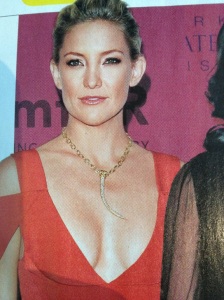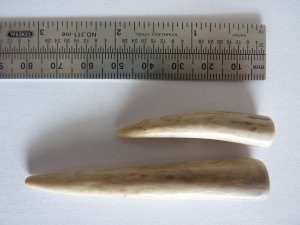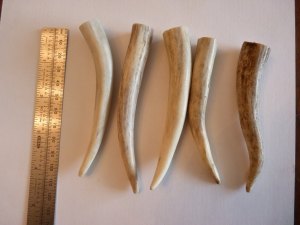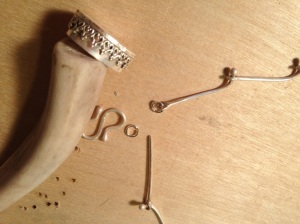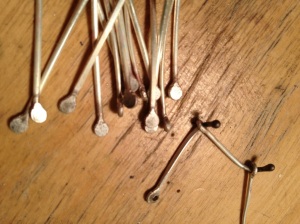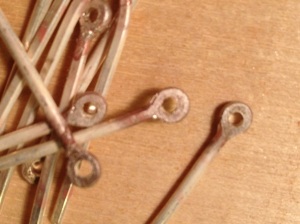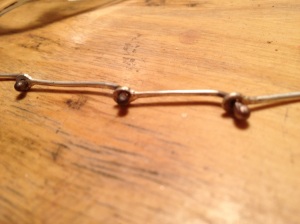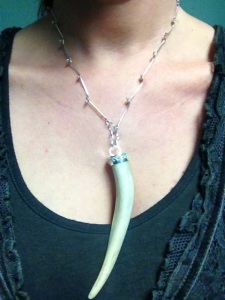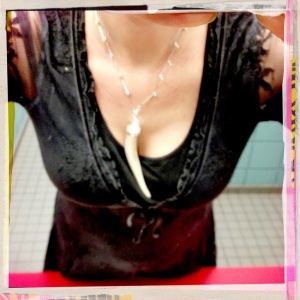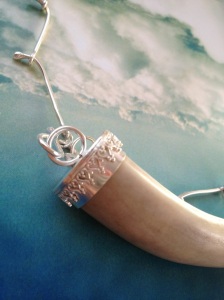I recently had a customer complain about a necklace “tarnishing” just a few weeks after purchase. His wife decided to use the polishing cloth to give the sterling silver a wipe, and was aghast when it came away black. Now, the necklace itself was not tarnished, and by that I mean it hadn’t turned that yellow-grey-black that we typically see.

So he wrote me to express his surprise that his new necklace would discolour so quickly. I realized it’s probably a great education opportunity.
When silver tarnishes, it’s a surface discolouration caused by the interaction of oxygen (air) with the silver, and it’s also known as oxidization. With sterling silver this process is normal, natural, expected, and yes, it can occur relatively quickly.
Many things can speed tarnish; air pollution, the minerals in your water (and as such wearing your silver jewelry in the shower can speed this process too), living or working near a chemical, electric or manufacturing plant are all things that can cause discolouration more quickly.
Recent studies have shown tarnish develops microscopically within hours of being cleaned and exposed to air again. You may not see it on the piece for several days or weeks, but it’s there, and will show up as a black residue on a polishing cloth. A great way to keep seldom worn jewelry clean (and silverware if you have it), is to store sterling silver in a ziplock bag with all the air squeezed or rolled out of it. You can wrap it in a soft cloth first too. Oxygen and thus tarnish may still seep in and can still cause blackening especially if the pieces are stores for long periods of time, but it should keep things to a minimum.

Coincidentally at the same time as this customer contacted me, I had a friend show me some rings I’d made for her. The shiny sterling silver had turned a deep, dark black. This was no tarnish effect, and she admitted she’d immersed her baubles in some household cleaner (Lysol) to spruce them up. Instead, they’d become instantly and deeply chemically oxidized.
Now, she actually liked this look and referred to it as ‘edgy’, so she’s leaving them as they are for now. If she did want them restored it should be a relatively simple process of buffing the chemical scarring off the surface layer, and exposing clean shiny silver beneath, But this also serves as a leaning moment; only soap and water, silver polish or a silver polishing cloth should be used to clean silver. Many household cleaners and chemicals can alter your precious silver. In fact, I once had a ring turn bronze after accidentally spritzing window cleaner on it, and had other silver turn grey by getting baking soda onto it. That too buffed out, but you’ll want to be careful with your jewelry. If you do find some discolouration of your silver, you can try to get it off with a silver cloth (brand names include Sunshine Cloth, available at most any jeweler). If it won’t work, stop while you’re ahead and take it to a pro for professional help.

And for the jewelry ‘geeks’, the Government of Canada has written a helpful article about how to best care for your silver. Read it here.
Have you got a horror story – or a home remedy for tarnish? Post your comments below!
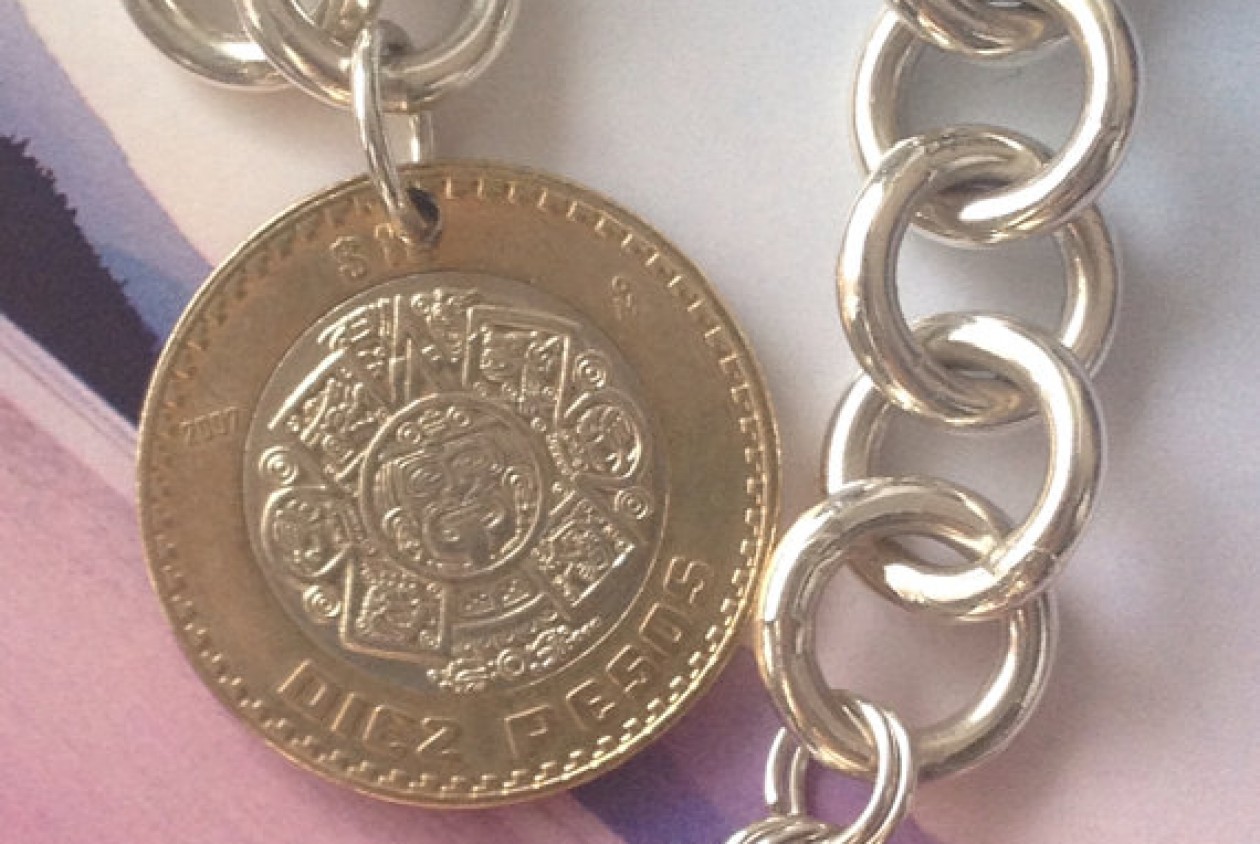




















































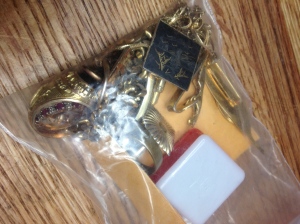
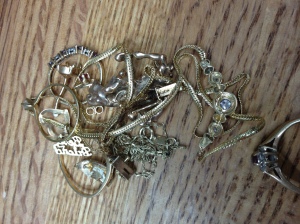

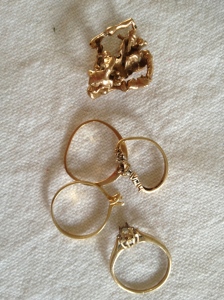
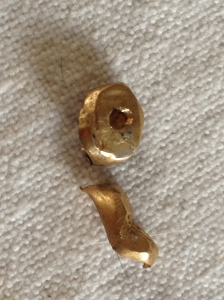
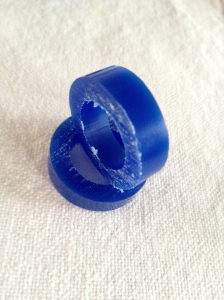
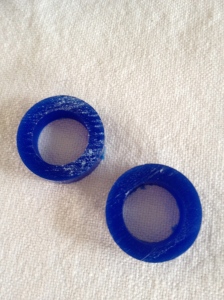
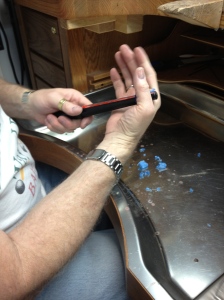

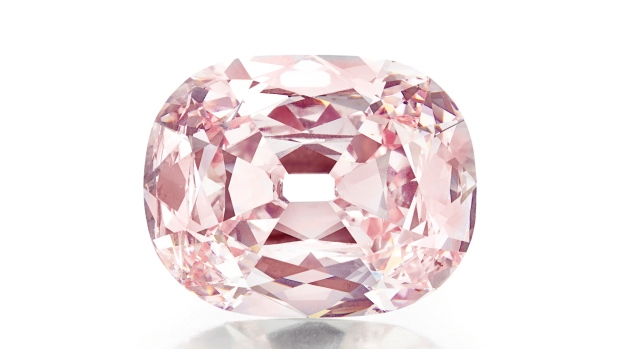
 This undated photo provided by Christie’s shows a rare pink diamond, nicknamed the Princie Diamond, which has sold for $39.3 million at auction in New York City. The price for the 34.65-carat diamond that sold to an anonymous buyer at Christie’s on Tuesday, April 16, 2013, was the second-highest ever for a jewel sold at auction. (AP Photo/Christie’s)
This undated photo provided by Christie’s shows a rare pink diamond, nicknamed the Princie Diamond, which has sold for $39.3 million at auction in New York City. The price for the 34.65-carat diamond that sold to an anonymous buyer at Christie’s on Tuesday, April 16, 2013, was the second-highest ever for a jewel sold at auction. (AP Photo/Christie’s)